These are just the sorts of places where hermits like to build stone huts to assert their holiness. These were followed by monks who left traces of monasteries not only on the four major islands – Büyükada (Prinkipo or Pityades Megale), Heybeliada (Halki or Halkitis), Burgazada (Antigone) and Kınalıada (Proti) – but also any other bits of rock that could be colonised – Sivri (Oxya), Yassı (Plateia or Rhodussa), Sedef (Antherovitos or Terebinthodes), Tavşanlı (Neandros) and Kaşık (Pita or Pygos). These days, anyone going to the four main islands would hardly be escaping to the isolation essential for divine contemplation.
There is a lot of Constantinople under the surfaces of the main islands. Most of it is well hidden. Click on the following pictures for detail about the four main islands
1. Büyükada/Prinkipo
2. Heybeliada/Halki
3. Burgazada/Antigone
4. Kınalıada/Proti
There are bits of wall on the other islands that may be identified as Byzantine if you want to take a wild guess. I have not yet taken the step of commandeering a boat to go to the small islands. The lack of residents and visitors probably mean that more remains of the less that was once on them.
Just off the coast of Tuzla is an island owned by Rahmi Koç. This is luxuriously appointed with all of the accoutrements that one would expect of a billionaire’s hideaway – a pool, a mansion and a Byzantine church (40.791212,29.274938). I am not yet a close enough friend of Rahmi Bey to have been invited to the island to obtain a better quality photograph of the church. If you are reading this, Rahmi Bey, I would also like to speak to you about steam locomotives that have recently vanished from Halkalı and Çankırı.

Categories: Uncategorized | 1 Comment »
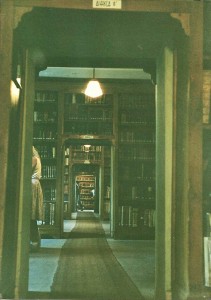
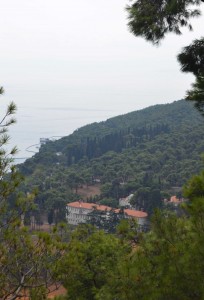
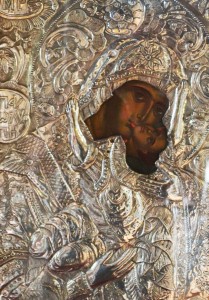
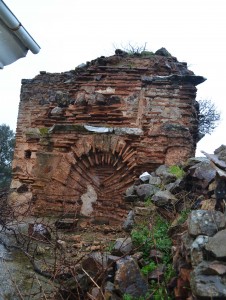
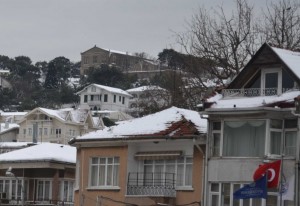
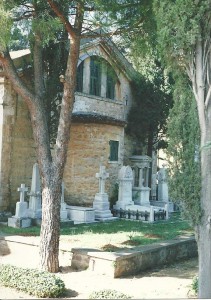
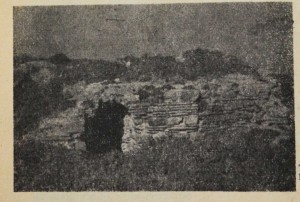
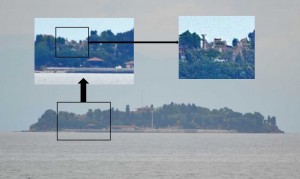

June 30th, 2014 at 10:16 am
[…] Adalar […]